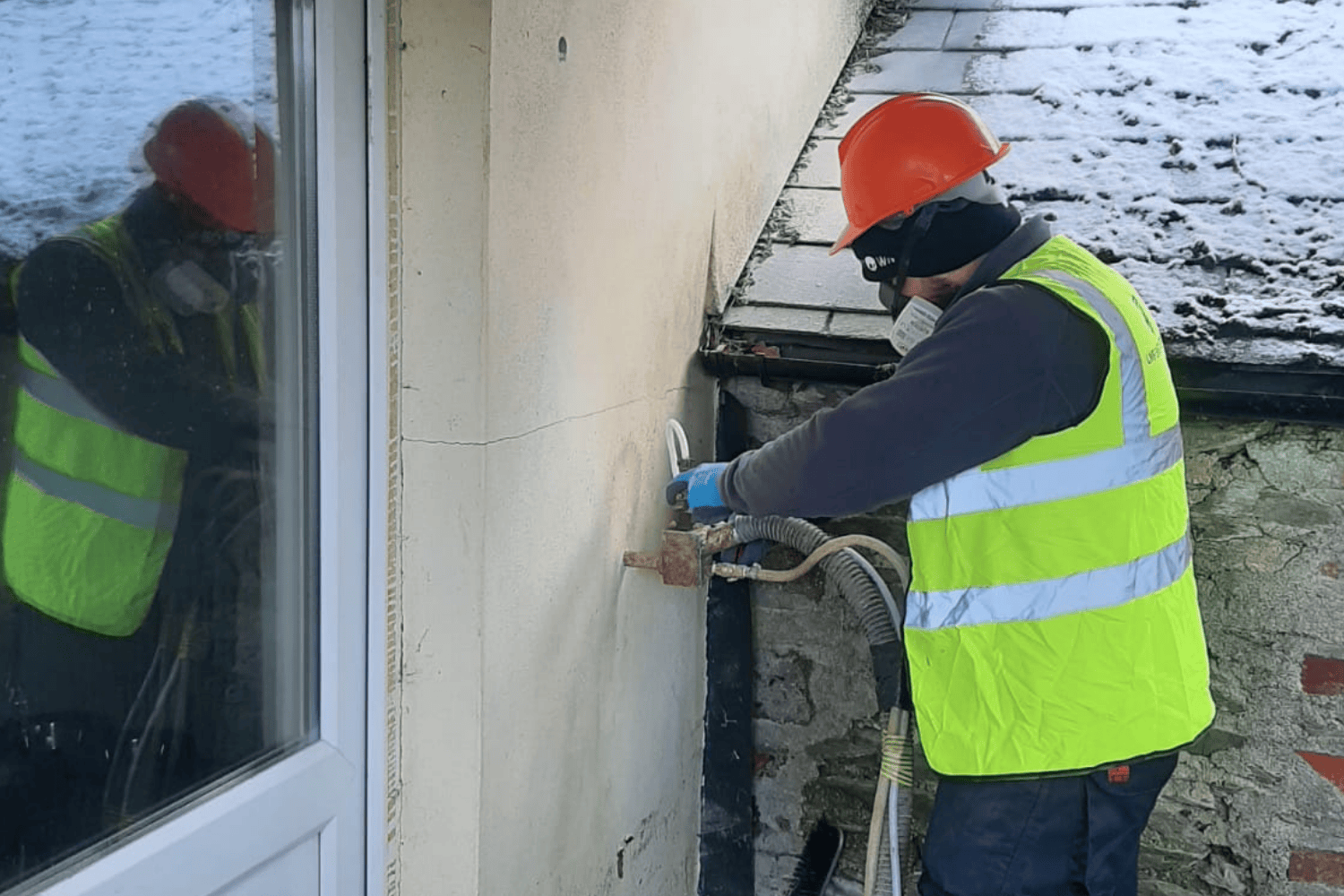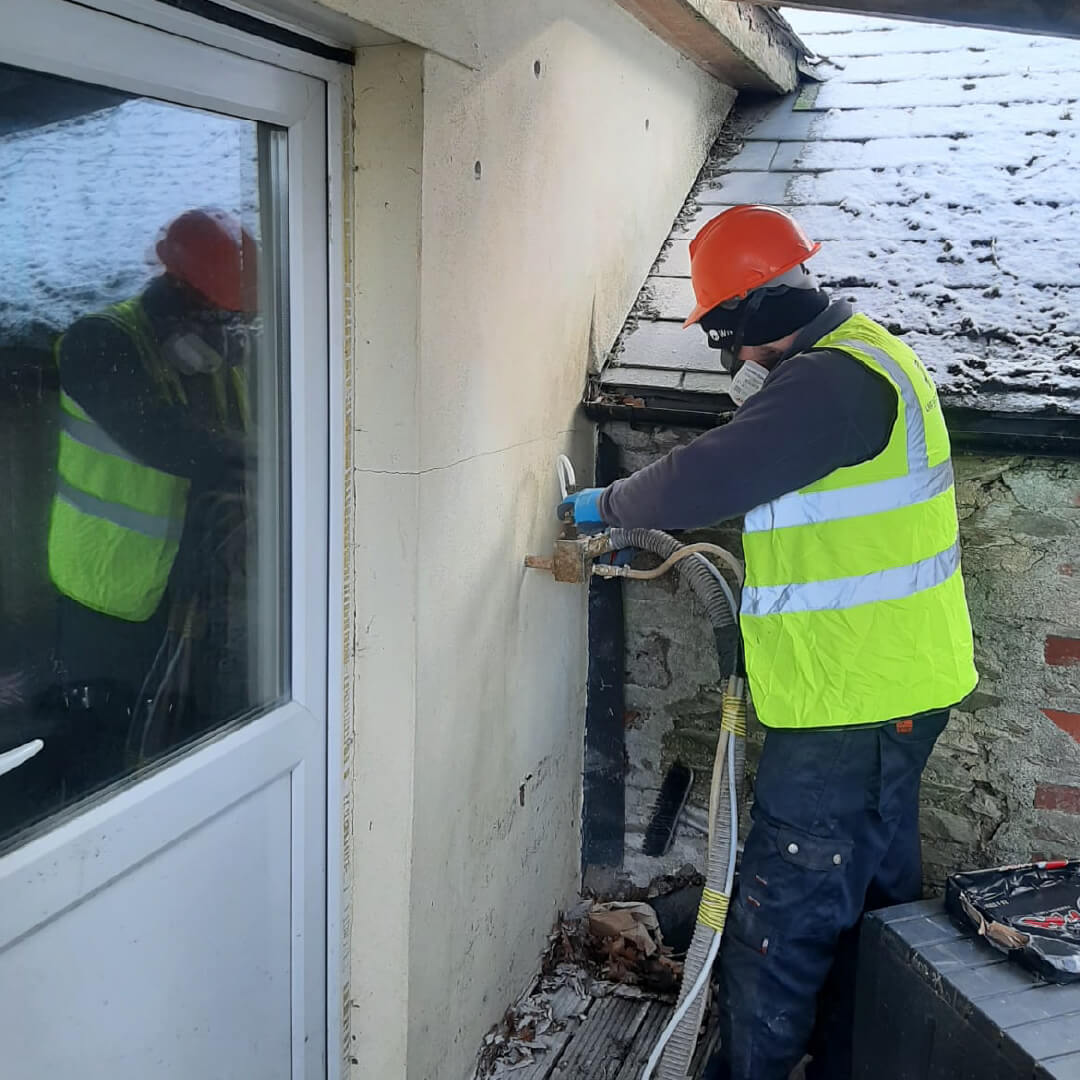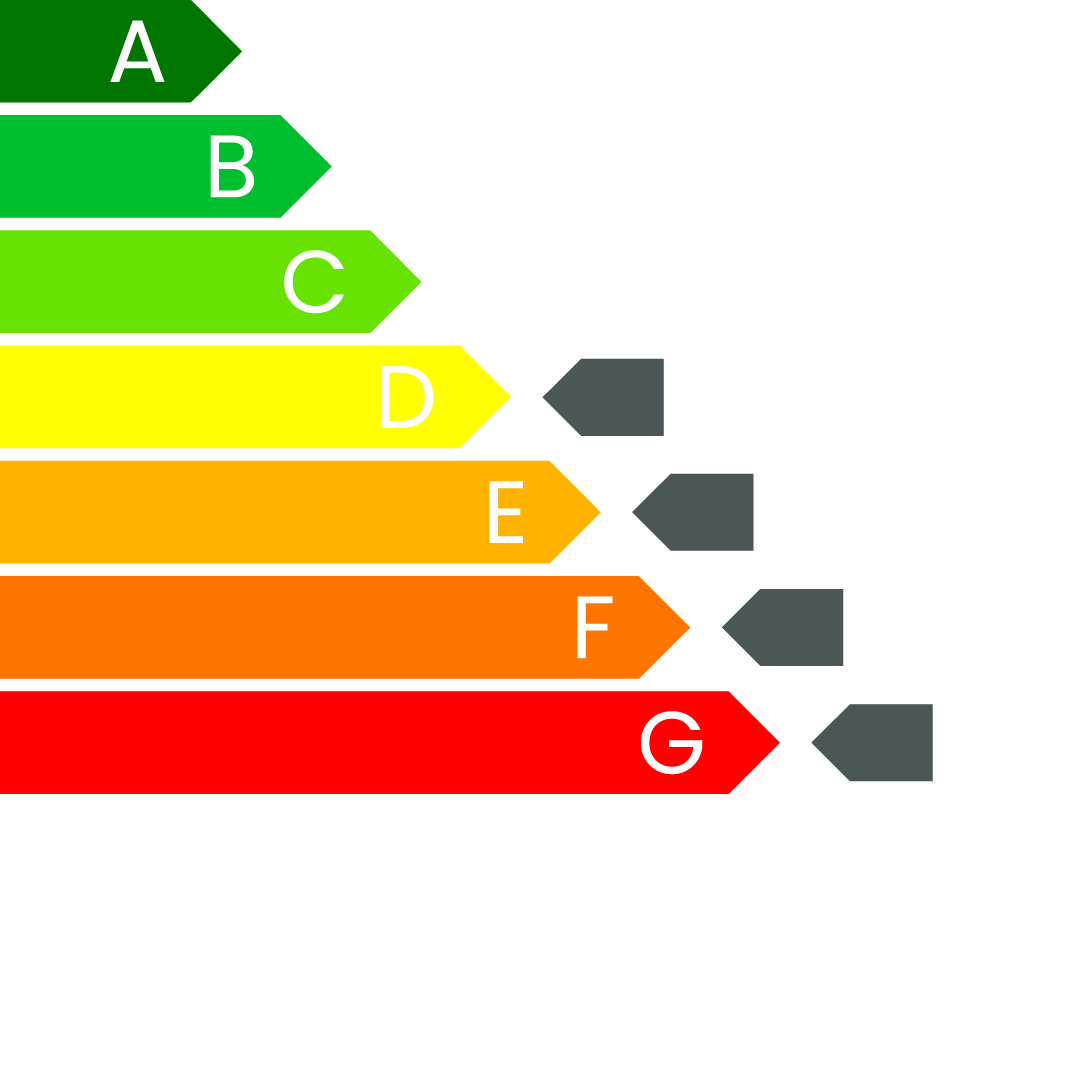
Apply for GBIS funding
Applying only takes a minute and you could save 60% on your bills!
AWARD WINNING SOLAR INSTALLATION SPECIALISTS
Award Winning Installer | Trustmark Approved | All-in-One Energy Experts | Nationwide Coverage

If your home was built after the 1920s, there’s a good chance it has cavity walls — and if they haven’t been insulated yet, you could be losing a significant amount of heat every day.
Cavity wall insulation is a simple, cost-effective way to keep the warmth in and the cold out. It involves filling the gap between the inner and outer layers of your external walls with insulating material that traps heat and reduces energy waste.
The best part? Many households can now get this upgrade fully funded through government-backed schemes like ECO4 and the Great British Insulation Scheme (GBIS).


Cavity walls are made of two layers of brick or block with a small air gap (the cavity) between them. Insulating this cavity significantly reduces heat loss and helps maintain a stable indoor temperature.
The insulation is:

Most cavity wall properties are suitable, but we’ll carry out a full property survey to be sure.
Cavity wall insulation may be right for you if:
If your home isn’t suitable, we’ll recommend a better option — such as internal or external wall insulation.


Yes. Cavity wall insulation is one of the most commonly funded measures under both ECO4 and GBIS.
You could be eligible for full funding if:
Not sure where you stand? We’ll check for you.
Discover our most popular guides, packed with practical advice and clear information to help you save energy, reduce costs, and make informed decisions.

Applying only takes a minute and you could save 60% on your bills!

Information on all the types of insulation we fit for our customers.

We install loft insulation, cavity wall insulation, internal wall insulation, underfloor insulation, and room-in-roof insulation — depending on your home’s needs.
Insulation keeps heat in and cold out, helping you stay warm, reduce draughts, and lower your energy bills.
Most types of insulation are quick and clean to install, with minimal disruption. Our team is tidy, respectful, and efficient.
Yes — if you’re eligible for ECO4 or GBIS funding, your insulation could be fully covered. We’ll check your options during your assessment.
Loft and cavity wall insulation can usually be done in a few hours. Other types may take a bit longer depending on the property.
Absolutely. A properly insulated home can be warmer in winter, cooler in summer, and significantly cheaper to heat.